I know. I never blog anymore. But Karen Krossing asked me to, so of course I must because Karen is one of my favorite people. Karen has tagged me in the Writing Process Blog Tour, a fun way to connect with other authors and learn about how they create.
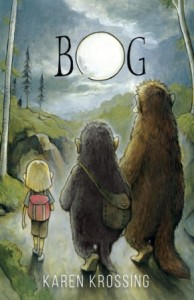 Karen writes novels and short stories for kids and teens, including Bog, Cut the Lights, The Yo-Yo Prophet, Pure, Take the Stairs, The Castle Key, “Profanity,” and “Dragon’s Breath.” Her YA novel, Punch Like a Girl, will be published by Orca Books in Spring 2015.
Karen writes novels and short stories for kids and teens, including Bog, Cut the Lights, The Yo-Yo Prophet, Pure, Take the Stairs, The Castle Key, “Profanity,” and “Dragon’s Breath.” Her YA novel, Punch Like a Girl, will be published by Orca Books in Spring 2015.
My favorite book of Karen’s is Bog, which I blurbed—and I never blurb. Here’s what I said:
Bog is an irresistible character—grouchy but sweet, deeply flawed but deeply noble. I didn’t want his quest to end. Funny, inventive, and full of heart, this is undoubtedly Krossing’s best book yet.
You should read it!
But enough about Karen, let’s talk about me.
Question 1- What are you working on?
I have just sent the second draft of my book, WORLDS OF INK AND SHADOW, to my editors. It’s a historical fantasy about the young Brontë siblings, Charlotte, Branwell, Emily and Anne. Yes, these are the same Brontës who grew up to write Jane Eyre (Charlotte) and Wuthering Heights (Emily).
In childhood, the Brontës wrote copious stories about fantasy worlds. Many of them were melodramas about fabulously rich people living in opulent cities. This was in stark contrast to their real lives as poor parson’s children growing up in a Yorkshire factory town. The premise of my book is that these fantasy worlds were actual places that the young Brontës were able to escape to—for a price.
The book has gone through many alterations since I began the rewrite in February—including changing the main character from Emily to Charlotte at the suggestion of my US editor, Susan Van Metre. (Because people always ask, let me say that, no, I didn’t have to, and I wouldn’t have done it if I hadn’t thought it was a good idea.)
Right now I’m in that in-between place of waiting for edits to come back—but I’m trying to work on some short stories in the interval.
Question 2- How does your work differ from others of its genre?
Historical fiction of any kind is a balancing act between creating ones own story and being true to real historical people and events. There are so many Bronte fans out there that I am always afraid that the characters I’ve written are not the Charlotte, Emily, Anne and Branwell people feel they know and love.
Including fantasy in the novel adds another layer to this. Not everyone is going to like the juxtaposition of the historical and the fantastical, but I loved putting Charlotte Bronte in a context we’re not used to seeing her in and watching what she did there.
Making WORLDS OF INK AND SHADOW a fantasy gave me the opportunity to use Charlotte’s fantasy worlds as a metaphor for her writing and for her subconscious bubbling up to the surface.
Question 3- Why do you write what you do?
There’s always a point in the writing of a novel where I stop and think, why in heaven’s name did I decide to spend years of my life on this particular novel?
I can never remember.
Question 4- How does your writing process work?
There were two major parts to creating this novel—the research and the writing.
For research, I read everything I could about the Brontës and even traveled to Haworth, England twice. The second time, I got permission to study in the Brontë Parsonage Museum archives, where only two scholars are allowed at a time. Many of the pictures throughout this post were taken on the moors around Haworth.
A large part of my research was reading the Brontës’ early writings. Initially I thought it would be more difficult to create Gondal, Emily’s fantasy world, because very few of her Gondal writings remain. In the end I actually found it more difficult to stay true to Charlotte and Branwell’s world, The Glass Town Confederacy, with it’s sumptuous capital city, Verdopolis. They wrote so much about it, that I found it difficult to stay within the confines they set out and still tell the story I wanted to tell.
As far as the writing goes, I’m still trying to develop a process that works for me. I’ve read many, many books on novel writing and screenwriting in an attempt to figure out what makes a compelling character and an absorbing plot. Right now, I’m using the classic, four-act structure laid out in books like Story Engineering by Larry Brooks. I make a four-act outline and then write a bit and then throw the outline out and then I make another outline and then throw that one out etc. I wish there were a more efficient way to write a novel, but I haven’t found it yet.
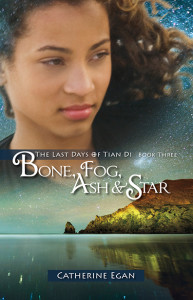 Did I say I never blurb? Coincidentally, this post is bookended by two authors I have broken that rule for: Karen Krossing and the author I have tagged, Catherine Egan. (Hey, have you two read each other’s books? Because I think you’d be fans of one another!)
Did I say I never blurb? Coincidentally, this post is bookended by two authors I have broken that rule for: Karen Krossing and the author I have tagged, Catherine Egan. (Hey, have you two read each other’s books? Because I think you’d be fans of one another!)
Catherine is the author of the The Last Days of Tian Di trilogy, three books with an unusual and compelling world that really drew me in. After reading them, I was delighted but very unsurprised to hear that she has now hit the big time with a three-book deal for a fantasy trilogy to Knopf and Doubleday, beginning with the forthcoming Julia Vanishes. Can’t wait!
Look for Catherine’s Writing Process Blog Tour post next Thursday.




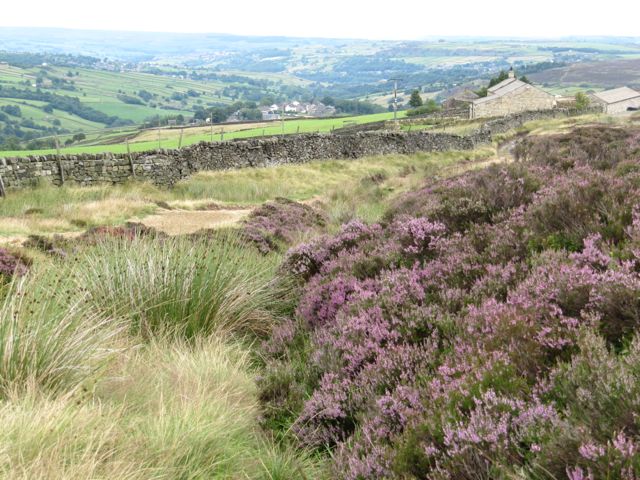


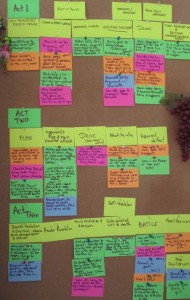
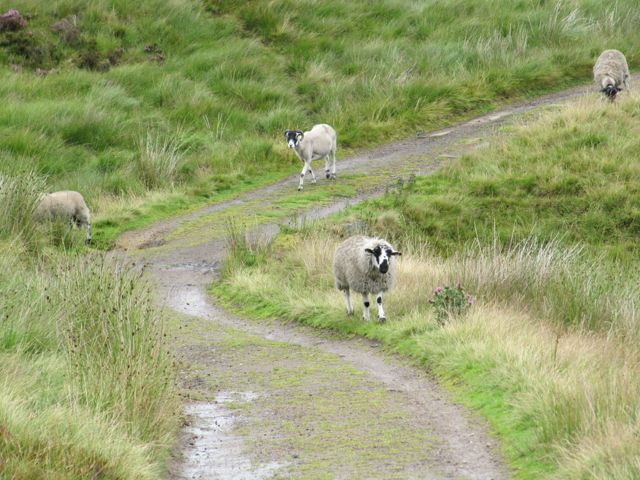
 Hi! I'm Lena, a young adult fantasy author from Toronto.
Hi! I'm Lena, a young adult fantasy author from Toronto.
No Comments
Trackbacks/Pingbacks